Lets explore the different types of tequila! We’ll take you on a journey through its aging stages – blanco, reposado, añejo, and extra añejo – along with a unique variation known as cristalino.
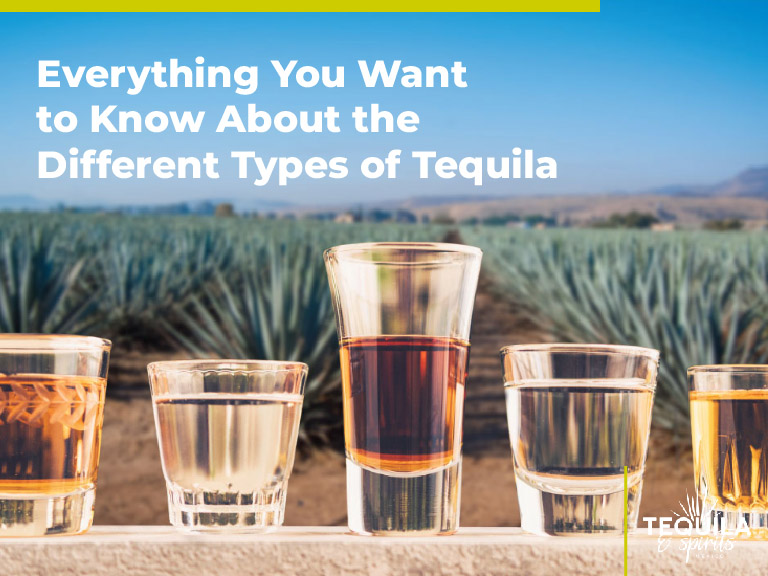
Tequila, the iconic Mexican spirit, has captured the hearts of spirits enthusiasts worldwide. From its origins in the agave fields of Mexico to the glasses of “aficionados” around the globe, tequila boasts a fascinating array of flavors and aromas. Let’s delve into the world of this remarkable spirit and discover the nuances that make each type distinct.
Blanco Tequila
Blanco tequila, also referred to as silver or white tequila, is the most authentic form of this iconic Mexican spirit. Its origins trace back to the heart of Mexico, where agave cultivation and distillation techniques have been refined over centuries.
Distillers create blanco tequila by harvesting the blue agave plant and extracting its sweet juices. After fermentation, the liquid is distilled and immediately bottled, without any aging process. This minimal processing preserves the vibrant flavors and natural characteristics of the agave. Generally more affordable than aged varieties, blanco tequila provides an accessible entry point for both newcomers and seasoned enthusiasts.
As far as flavor goes, Blanco tequila boasts a crisp and invigorating flavor profile. It holds notes of fresh agave which are accompanied by hints of citrus and black pepper. The absence of aging allows the agave’s purity to shine, making it a popular choice for cocktails that rely on the agave’s inherent sweetness.
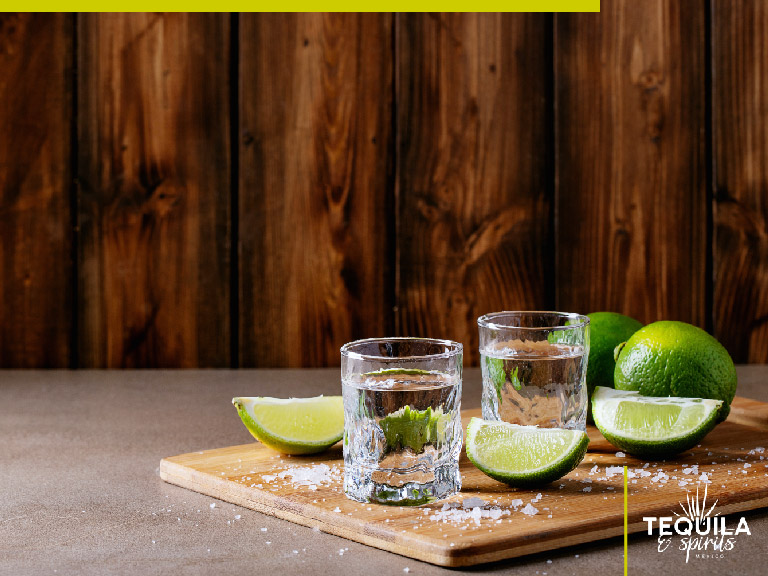
Reposado Tequila
The concept of aging tequila in oak barrels to develop new flavors emerged around the early 20th century, adding a new dimension to the types of tequila. Reposado tequila undergoes a brief aging process within oak barrels, typically between two months and a year. This exposure to wood introduces complexity and depth to the spirit’s flavor profile, while maintaining the agave’s core characteristics.
With a golden hue and a harmonious blend of agave and oak, reposado tequila offers a balanced palate. Notes of vanilla, caramel, and subtle spices intertwine with the agave’s natural sweetness, resulting in a versatile spirit that enhances both cocktails and sipping experiences. Reposado tequila also takes on a warm golden color as a result of its interaction with the oak barrels.
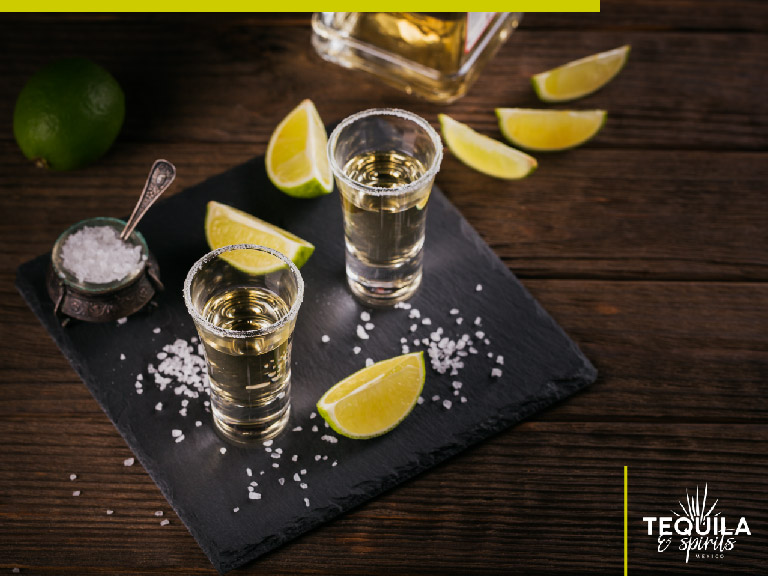
Añejo Tequila
With Reposado becoming a hit, aging tequila for a longer period gained prominence in the mid-20th century, giving rise to añejo tequila as a symbol of sophistication. It matures within oak barrels for a minimum of one year, allowing it to develop a rich and intricate flavor profile. The aging process imparts a deep amber color and introduces notes of toasted oak, dark chocolate, and dried fruit.
Añejo tequila offers a luxurious and layered experience. Its palate features a harmonious interplay of agave sweetness and oak influence, resulting in a smooth and refined spirit meant for sipping and savoring. It is often priced at a premium due to its refined flavors and prolonged aging.
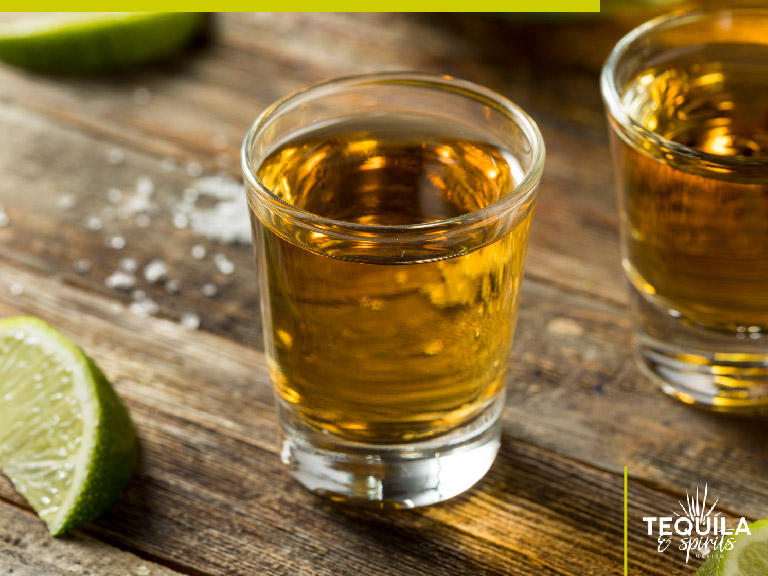
Extra Añejo Tequila
Extra añejo tequila emerged in the early 2000s, representing the pinnacle of aged tequila craftsmanship and garnering attention as a collector’s item. With a minimum aging period of three years, extra añejo tequila embodies opulence and complexity. Its extended interaction with oak barrels results in a deep mahogany hue and a luxurious array of aromas and flavors.
This type of tequila presents a symphony of flavors, ranging from butterscotch and vanilla to leather and tobacco. It exudes a richness akin to aged cognac or whiskey, making it an exceptional spirit for connoisseurs to savor neat.
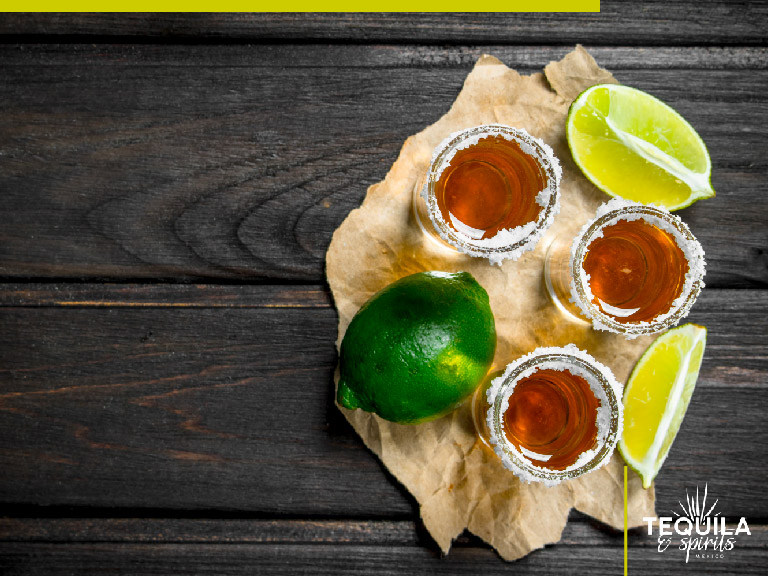
Cristalino Tequila
Cristalino tequila is a contemporary innovation that emerged in the late 20th century, challenging traditional perceptions of tequila. Cristalino tequila stands apart through a unique filtration process. The key is to remove the color acquired during aging while retaining the complexity of flavors. This process creates a crystal-clear spirit that bridges the gap between aged and unaged tequilas.
Offering the best of both worlds, cristalino tequila balances the smoothness of an aged spirit with the crispness of blanco. Its flavor profile includes notes of caramel, fruit and oak, creating an intriguing and refreshing drinking experience.
With its captivating transparency and complex flavor profile, cristalino tequila becomes more than just a spirit. It’s an innovative product that characterizes the evolving world of tequila production. The fusion of tradition and modernity, coupled with its refined taste, positions cristalino tequila as a prized gem. It invites discerning enthusiasts to indulge in a sensory journey together.
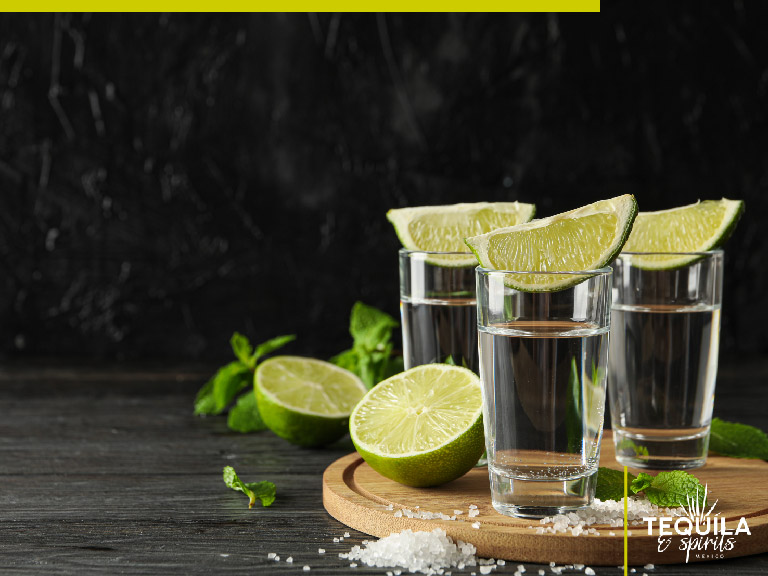
The Most and Least Popular Types of Tequila
A timeless classic, blanco tequila stands as one of the most popular choices in the types of tequila landscape. Renowned for its unaged, vibrant essence, it’s a foundational element in many tequila-based cocktails. Its crisp and raw flavors, often reminiscent of fresh agave and citrus, make it a beloved staple in bars and households alike. Blanco tequila is also one of the most affordable tequila’s, making it great for mixed cocktails.
On the other end of the popularity spectrum, we find cristalino tequila. While not as widely recognized as some of its counterparts, this unique variation is gaining attention for its distinctive production process. Offering the transparency of an unaged tequila coupled with the complexities of aging, cristalino tequila is a hidden gem that appeals to adventurous palates and those seeking something beyond the norm. Even though cristalino tequila sits the lowest on the popularity scale, we would not be surprised if it bumped up a few pegs over the next couple of years.
The Main Takeaways of the Types of Tequila
The diverse types of tequila, each with its own origin, production process, taste, color, and cost, create a captivating spectrum that caters to a wide range of preferences. From the raw purity of blanco to the opulence of extra añejo and the enigma of cristalino, each variation offers a unique journey into the world of tequila. As you delve into the depths of this cherished Mexican spirit, remember that every sip is a celebration of tradition, innovation, and the craftsmanship that defines tequila’s enduring allure.
If you’re thirsty for knowledge about the captivating world of tequila, look no further. Dive into a realm of agave-crafted wonders and embrace the rich heritage that each sip embodies. Join us on a journey of taste, tradition, and innovation at Tequila & Spirits Mexico, where the spirits come alive and stories unfold in every glass.
Cheers to an adventure that tantalizes the palate and enriches the spirit!